|
|
|
|
When you think of a protest, one that fills the streets, do you remember the sounds you heard? Visually striking images of protests are an important way to communicate information. Yet, the sounds of protest can also resonate long after the streets are empty.
Maybe you can recall the chants “No Justice No Peace” or “I Can’t Breathe.” For me, I can still hear the theatre shaking from feet stomping after a speech by a brown queer rights activist. I can remember the sounds of Toronto police horses clopping on concrete during the 1992 protest against police brutality.
Everyday sounds are important too. The normal sounds of a Saturday: music from a fruit stall, neighbours yelling “hey” to each other, the clattering of the Q train in Brooklyn. These sounds can define a neighbourhood. And if we don’t pay attention to them, as life changes, sounds can disappear.
In today’s episode of Don’t Call Me Resilient, I speak with two people involved in sound studies. They believe sound is an element of resistance and they explain why — in our hyper-visualized age of Instagram-perfect photos — sound is so compelling and why soundscapes can help to amplify voices of resistance.
Nimalan Yoganathan is a PhD candidate at Concordia University. He studies protest tactics and he looks at how different sound practitioners have contributed to anti-racist movements. We also speak with Norman W. Long, a born-and-raised resident of the south side of Chicago. Norman is a sound artist, designer and composer who works to document and record the everyday reality of his community. He has graduate degrees in landscape architecture from Cornell University and in fine arts from the San Francisco Art Institute.
Both our guests talk about how important it is to listen to the sounds around us as a way to critically engage with our communities, to help bridge our deep divides and to pay attention to the forces of power in our environment. They say anyone can learn to listen deeply, even children.
As Long invites both insiders and outsiders to listen on guided soundwalks of his community, he starts with a short breathing exercise. He said:
“The practise of breathing brought me back to COVID-19 and the murder of George Floyd… When we breathe, we are mindful of our mind-body connection, our connection to each other and our connection to those who cannot breathe. We can breathe for them and listen to the street, the noises and disruptions, and join in the chorus that demands justice for Black and brown people all over the world.”
I encourage you to listen in and follow along on Apple Podcasts, Google Podcasts, Spotify or wherever you listen to your favourite podcasts.
Also today:
All the best.
|

|
Vinita Srivastava
Host + Producer, Don't Call Me Resilient | Senior Editor, Culture + Society
|
|

Sound researchers believe sound is an element of resistance. Here a protester holds a ‘Black Lives Matter" megaphone at a protest in New York City in 2020.
AP Photo/John Minchillo
Vinita Srivastava, The Conversation
In today’s episode, we look at how sound and noise are used as tactics of protest and how practitioners are using environmental soundscapes to protest against racism and police brutality.
|

The Uber model hinders any possibility of drivers acting collectively and generates significant cognitive dissonance among them.
(Shutterstock)
Lucie Enel, Université du Québec à Montréal (UQAM)
When it comes to dealing with Uber’s difficult working conditions, Uber drivers are on their own.
|
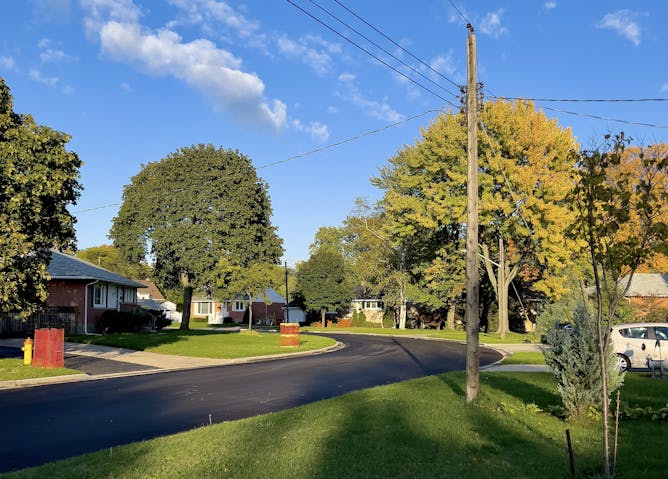
Local targeted strategies are sorely needed in smaller communities to combat the virulent discrimination.
(Mitesh/Unsplash)
Mamta Vaswani, Western University; Alina Sutter, Western University; Victoria Esses, Western University
The population size of smaller communities is declining, and racism and discrimination are hindering its growth.
|
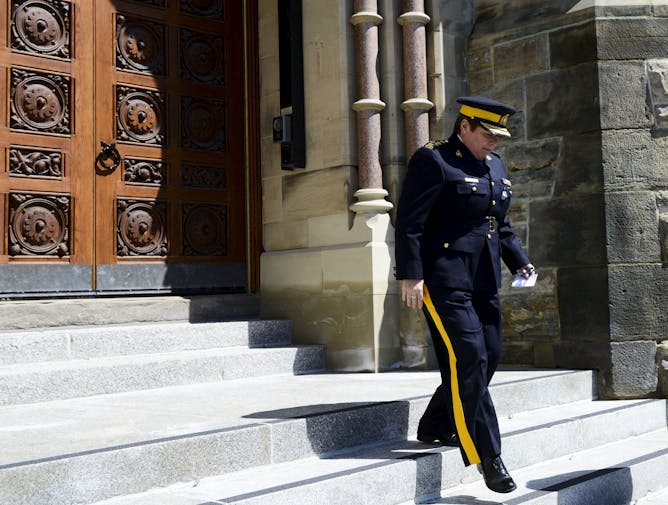
RCMP Commissioner Brenda Lucki leaves Parliament Hill in Ottawa on April 20, 2020, following a press conference regarding the mass shooting in Nova Scotia.
THE CANADIAN PRESS/Sean Kilpatrick
Eli Sopow, University Canada West
Allegations of political interference once again confirms the national RCMP culture, structure and systems of organization are long overdue for a divorce from Ottawa political masters.
|
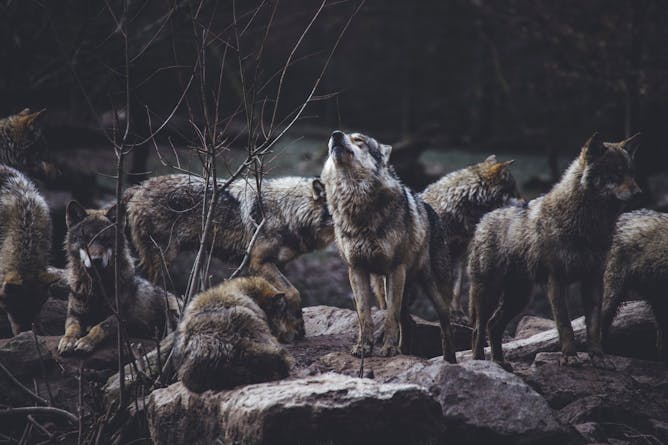
More animals, including wolves, are shifting their patterns to adjust to human activity.
(Thomas Bonometti/Unsplash)
Jason T Fisher, University of Victoria
Woodland caribou populations are on the decline because human activity changes their habitat and exposes them to predation by wolves. But changing wolves’ hunting habits may protect the caribou.
|

An image from the comic ‘Compassion’ by Kayleigh Fine, which was commissioned to illustrate the importance of compassionate care for 2SLGBTQ+ people.
(Kayleigh Fine)
Phillip Joy, Mount Saint Vincent University; Andrew Thomas, Mount Saint Vincent University; Megan Aston, Dalhousie University
Accessing compassionate health care is often difficult for Two-Spirit, lesbian, gay, bisexual, transgender, queer and other sexual identities, such as pansexual or asexual individuals (2SLGBTQ+).
|
La Conversation Canada
|
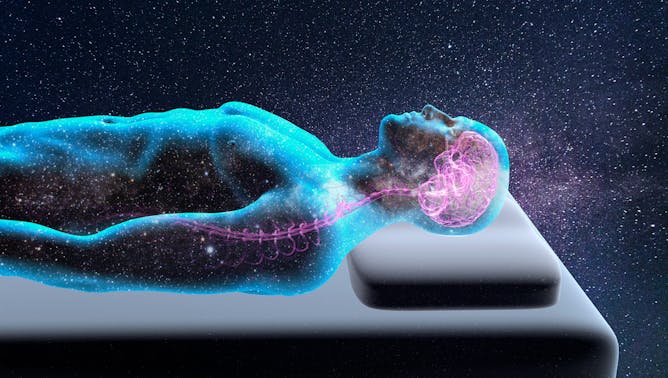
La plupart des gens ont du mal à se concentrer après une mauvaise nuit de sommeil.
(Shutterstock)
Barbara Jacquelyn Sahakian, University of Cambridge; Christelle Langley, University of Cambridge; Jianfeng Feng, Fudan University; Wei Cheng, Fudan University
Tant l’excès que le manque de sommeil peuvent perturber notre cognition.
|
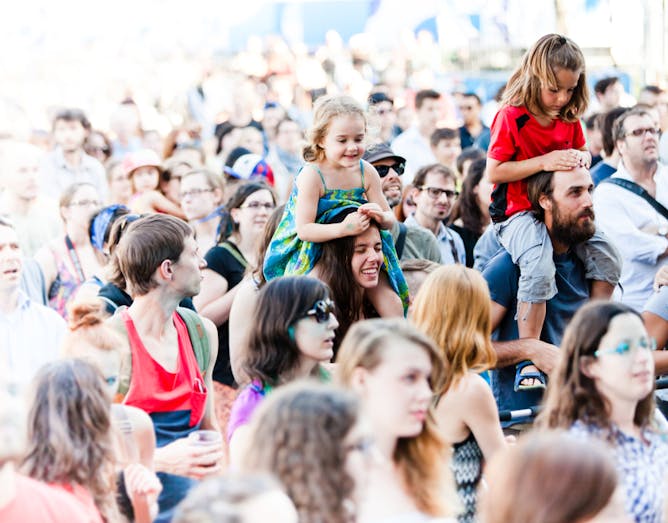
Une foule aux Francofolies de Montréal.
Les communautés anglophones et francophones sont stables au Québec et les transferts linguistiques sont peu nombreux.
(Shutterstock)
Calvin Veltman, Université du Québec à Montréal (UQAM)
En décortiquant scrupuleusement certaines statistiques, l’auteur démontre que les communautés anglophones et francophones sont stables au Québec.
|
Ukraine Invasion
|
-
Stephen Hall, University of Bath
A small piece of Russian territory on the Baltic coast has become the focus of heightened tensions on Nato’s fringe.
|
|
Arts
|
-
Julia Best, Cardiff University; Ophélie Lebrasseur, Université de Toulouse III – Paul Sabatier
Why did the chicken cross the globe? A new study has revealed how chickens were domesticated.
|
|
Culture + Society
|
-
Dimitris Xygalatas, University of Connecticut
An anthropologist explains the power of purification rituals, such as bringing down a building following a tragic occurrence in it, and why they help reduce our anxieties.
|
|
Science + Tech
|
-
Roger Patulny, University of Wollongong; Marlee Bower, University of Sydney
We found men managed to bounce back quicker after lockdowns ended, in part due to their involvement in sporting and recreational activities.
|
|
|
|
| |
| |
| |
| |
|
|
|
|
|
|
|